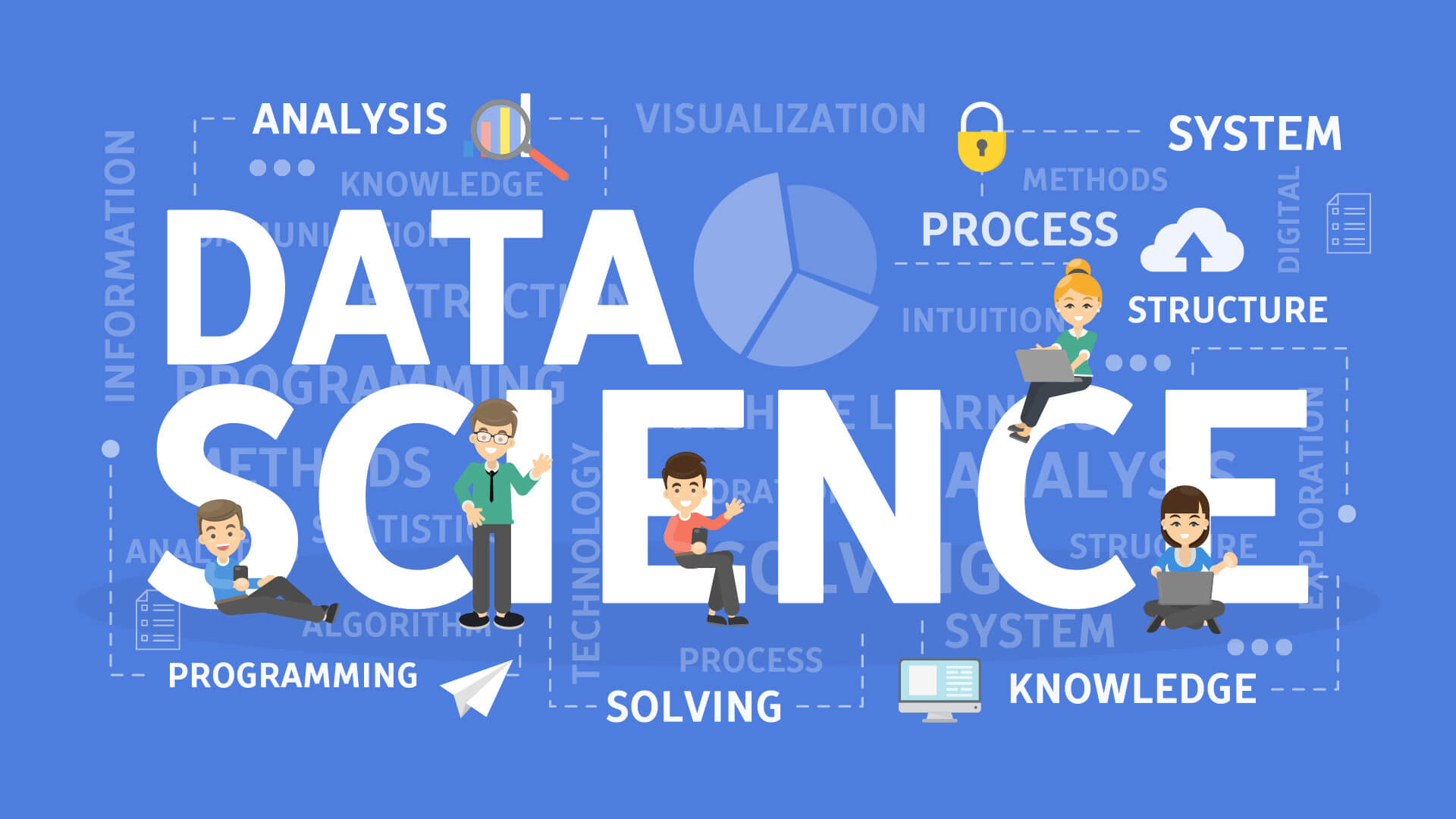The Symbiotic Relationship Between Data Science and IoT: The internet of things started as a network of devices connected to the internet. It has now grown further and deeper into the heart of modern industries. With edge computing at the vogue, IoT means more than just your smart watch raising an alarm before an impending cardiac failure (although that is pretty important too). It is now driven by the industrial need for real time analytics, data integration, and remote access to data assets.
Data science in a Nutshell
It is difficult actually, to put the concept of data science in a nutshell. Nevertheless, you could call it the study of ways to derive patterns and insights from data.
Data science has come to be one of the most formidable fields of study. It has had a gigantic impact on various industries. Companies are actively spending in developing analytics capabilities that are based on data science research.
Let us explore how data science and the internet of things share a platform of mutual benefit.
Augmentation of IoT with data science
If you take Google Maps for example, it has the brilliant capability of showing the density of traffic on a particular road and optimizing the estimated time to reach your destination.
This apparently simple solution is driven by the processing of tonnes of data points and complex statistical analysis. Similarly the recommendation systems on E-commerce channels like Amazon and entertainment platforms like Netflix are results of data driven computations.
The era of Edge-Computing
If you include clouds in our vision of IoT, then all of us are computing on the edge of the cloud data centers located somewhere far away from us. This has changed the dimensions of IoT completely.
If you consider remote workers and the way they use the cloud to access data and stay functional is an extension on the Internet of things, it can be termed the Internet of people.
Automation, driven by machine learning, characterizes both the internet of things and the internet of people in the age of edge-computing. All of these would have been impossible without the developments in data science.
The Symbiosis
The number of connected devices is expected to reach 22 billion by the end of 2025. Staggering as that number is, things get crazier when you consider the gigabytes of data each device generating on a regular basis, since we are also taking the cloud services into account.
Data science feeds upon data. The unsupervised learning algorithms that are used for customer segmentation and analytics, become more powerful. Thus the increasing number of devices help expand the area of data science and analytics built around the IoT.
Role of a Data Scientist in This
As the data sets become larger and more convoluted, the analysts’ job to strain out the noise and cleanse the data for the algorithms gets harder.
Reads More: Top 10 Mobile Game Development Company in India
At this point a data scientist can come up with algorithms that manage noise better. They can find better ways of cleaning and preparing the data more efficiently. They can also find innovative ways of using the data more profitably.
A data scientist is essentially a thinker apart from being a technical professional. A lot of success in the field of AI and machine can be attributed to the creative thought process of data scientists. Hence, it is hard to identify and limit the role of data scientists in the whole scheme of IoT.
The Future
The social and industrial existence of human beings is going to be heavily influenced by the cloud, IoT, and edge-computing in the upcoming years. The gap between data and actionable information will be wider with the increasing amount of data generated. This will necessitate the deployment of more data science professionals.
Data science training in Bangalore is already quite popular in view of the burgeoning analytics as a service industry in Bangalore. This sector is again fueled by the movements in the whole industry involving IoT and cloud. You should definitely read more about the present and future of big data in India.
The Internet of Things has brought the entire world of technology together. It is more apparent now than ever how the dots between different sectors can be connected by data. We are getting closer to an integrated system of technological functionality that can be governed and monitored from a single platform.
The ramifications of this are quite incredible – increased data security, seamless functionality of remote workers, better targeted marketing drives. The possibilities are numerous and so are the opportunities for skilled personnel.




